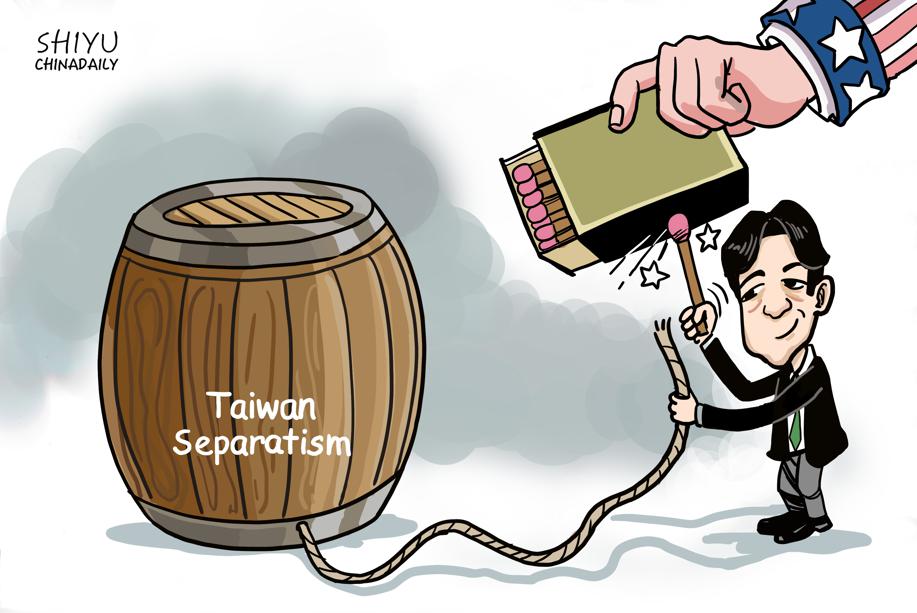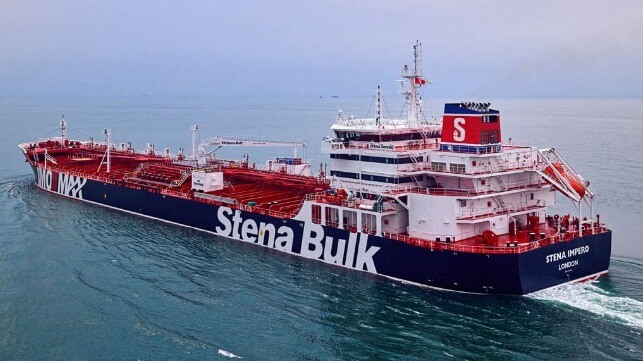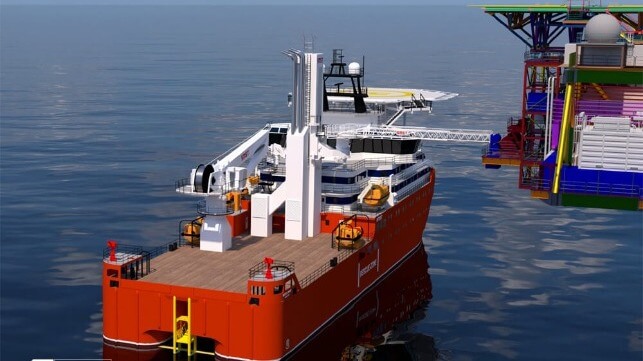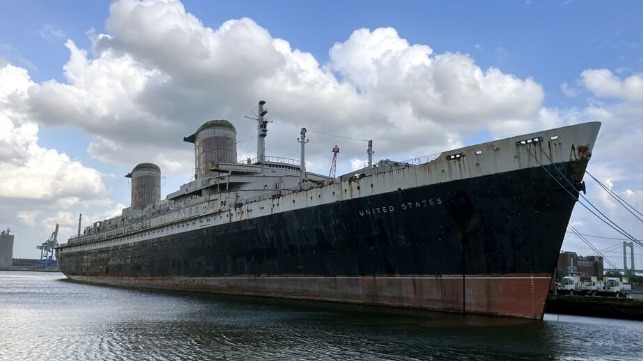Muna Khan

Despite knowing all this, I felt foolish when I read how The New York Times told its staff to restrict using words like ‘ethnic cleansing’ and ‘genocide’ and avoid ‘occupied territories’ in their reporting on Gaza. This was revealed by The Intercept in April which received a copy of the internal memo the paper sent to its staff. They also told staff not to use the word ‘Palestine’ “except in very rare cases”. It is mind-boggling.
However, acclaimed author Pankaj Mishra was not shocked when the draft of an article wherein he criticised Israel, submitted to a Canadian newspaper, was returned to him with ‘Israel’ removed.
Mishra, the recipient of a $75,000 Weston International Award for his non-fiction writing, was going to deliver a lecture in Toronto last month. Winners get an excerpt from their lecture published in the leading newspaper The Globe and Mail. The paper, however, edited that excerpt with reportedly all 17 instances of Israel cut out. Mishra pulled the excerpt after receiving the edits.
It was a political decision to attempt to edit Mishra’s excerpt.
In an interview to The Breach last month, Mishra said he was not surprised as it was “part of a continuum of such attempts that I’ve personally encountered to suppress and stifle criticism of Israel”.
One of the lines cut from the excerpt said: “My own sporadic attempts to tackle the subject in the past made me aware of an insidious Western regimen of repressions and prohibitions.”
The paper also cut: “Even the liquidation of Gaza, which unlike many atrocities, has been live-streamed by both its perpetrators and victims, is daily obfuscated, if not denied, by the main organs of the Western media.”
Clearly, it was a political decision to attempt to edit Mishra’s excerpt and speaks to the Western media’s complicity in covering up the true scale of the crimes committed in Palestine and everywhere else. Lest we forget, the US declared war on Iraq under the guise of destroying weapons of mass destruction; they declared war on Afghanistan to, among other reasons, liberate the women. The government of the day finds powerful allies in papers who support (read: cheer) such policies and it is no different in the case of Gaza.
“We have faced a consistent regime of censorship and suppression,” Mishra told The Breach. “Not just Palestinians, not just Arabs, you talk to even some of the most successful writers of non-Western ancestry, and each one of them will tell you many, many stories about editors saying ‘We can’t do this. Can you change that? Can you rephrase that?’”
Non-white writers often have to acquiesce because they want to be published and options elsewhere are limited. This is how the arts and entertainment as well as the publishing industry manages people of colour by ‘keeping them in their place’.
Perhaps one of the most influential intellectuals in the US right now, Ta-Nehisi Coates, is facing the brunt of Big American media’s wrath about his new book The Message which chronicles, among other trips, his 10-day experience in Gaza and Israel in 2023. He has described his trip as “revelatory”; that he didn’t think Americans understood the extent of “what we’re doing there”, adding that he uses ‘we’ because it wouldn’t be possible without US support.
“I don’t think I ever, in my life, felt the glare of racism burn stranger and more intense than in Israel,” he writes in his book, an excerpt that has widely been shared. But he is subject to much attack, the usual accusations of antisemitism, for telling the truth, which his detractors tell you is ‘his truth’. I find this practice of adding pronouns to truth tiresome; truth is meant to be universal and this idea of my truth reeks of a sense of entitlement in the face of what we can see on TV screens.
I laud Mishra for withdrawing his excerpt and refusing to accept the paper’s discriminatory edits. His is a small example of the pushback we’re seeing to the Israeli-Western media narrative shoved down our throats. Al Jazeera ran a story last week featuring BBC and CNN journalists “alleging pro-Israel bias in coverage, systematic double standards and frequent violations of journalistic principles”. I’m sorry it took so long for the truth (see what I did there?) to arrive but I hope it will pick up pace and more audiences will see it for what it is: not the journalism everyone deserves.
The writer is an instructor of journalism.
X: @LedeingLady
Published in Dawn, October 13th, 2024















